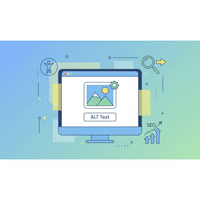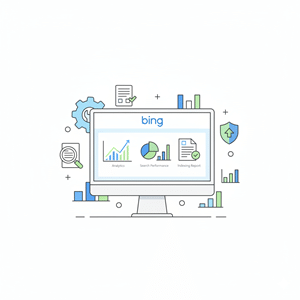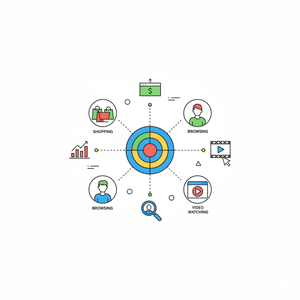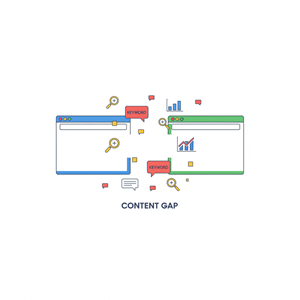What is Behavioral Segmentation?
Behavioral segmentation is a marketing strategy that separates audiences not by static characteristics like age or gender but by their actions, behavior, and decision-making patterns, such as past purchases, product usage, level of engagement, and buying intent.
It is an effective tool for providing individualized experiences because it emphasizes what people do rather than just who they are.
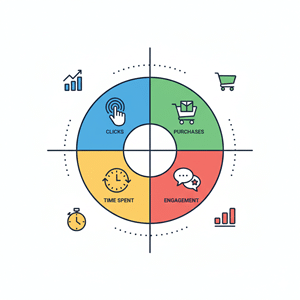
Why Behavioral Segmentation Matters
- Increases personalization – Tailor content, messaging, and offers to real actions.
- Improves conversion rates – Engage users according to their interests or needs at the moment.
- Optimizes marketing spend – Give priority to users who have the highest conversion rates.
- Enhances customer retention – Target according to churn signals or usage trends.
- Drives loyalty – Reward high-value behaviors and interactions.
Common Behavioral Segments
- Purchase Behavior – Cart abandoners, returning customers, and first-time purchasers
- Engagement Level – Dormant or lapsed users versus extremely active users
- Benefits Sought – Features, cost, ease of use, and level of service
- User Journey Stage – Knowledge, deliberation, choice, and loyalty
- Frequency & Recency – The frequency and timing of a user’s interactions
- Product Usage – Light, moderate, or heavy users of a service or product
How SEO Agency Boston Uses Behavioral Segmentation
We help brands:
- Use CRM data, heatmaps, and Google Analytics to set up behavioral tracking.
- Email campaigns should be divided based on user activity (opens, clicks, conversions).
- Adapt popups and CTAs on websites to user browsing patterns.
- Create retargeting lists according to cart activity, time on site, and other factors.
- Provide individualized, dynamic content for every segment.
We design journeys that speak to each pattern of behavior, whether it’s SaaS or e-commerce.
Best Practices
- For data collection, use programs like Klaviyo, HubSpot, or Google Analytics.
- Construct dynamic customer journeys that adapt to user behavior.
- Reevaluate segments frequently as user behavior changes.
- For accuracy, combine several behaviors rather than depending just on one signal.
- Get user consent for behavioral tracking while adhering to privacy laws.
Related Terms
- Psychographic Segmentation
- Demographic Targeting
- Retargeting
- Personalization
- Conversion Funnel
Common FAQs About Behavioral Segmentation
No. Email, website user experience, advertising, app development, and even product design all make use of it.
Demographics examines an individual’s identity. Behavioral examines their actions.
Yes! Behavioral tagging is available in even the most basic tools, such as Shopify and Mailchimp.

Market Smarter, Not Harder
At SEO Agency Boston, we think intent is revealed by behavior. With no guesswork and only data-backed relevance, our segmentation strategies are designed to help you engage customers at the precise moment they’re most prepared to act.


